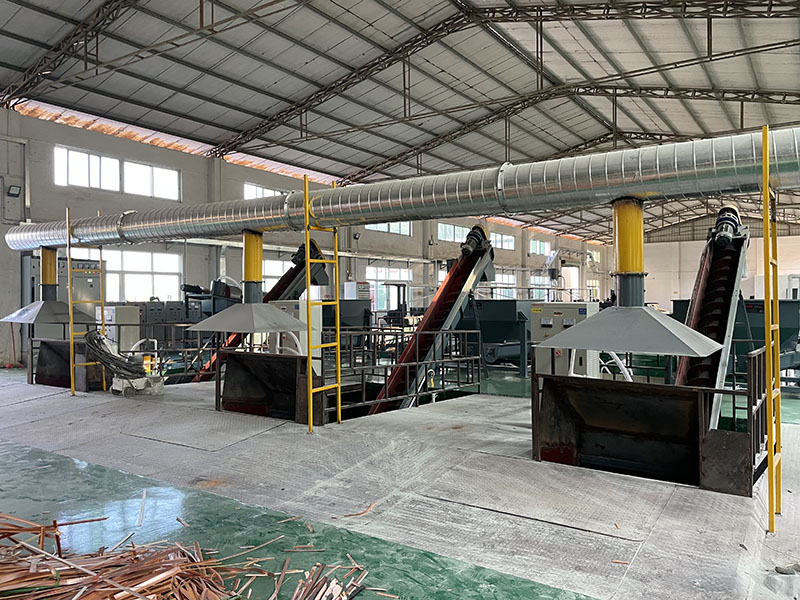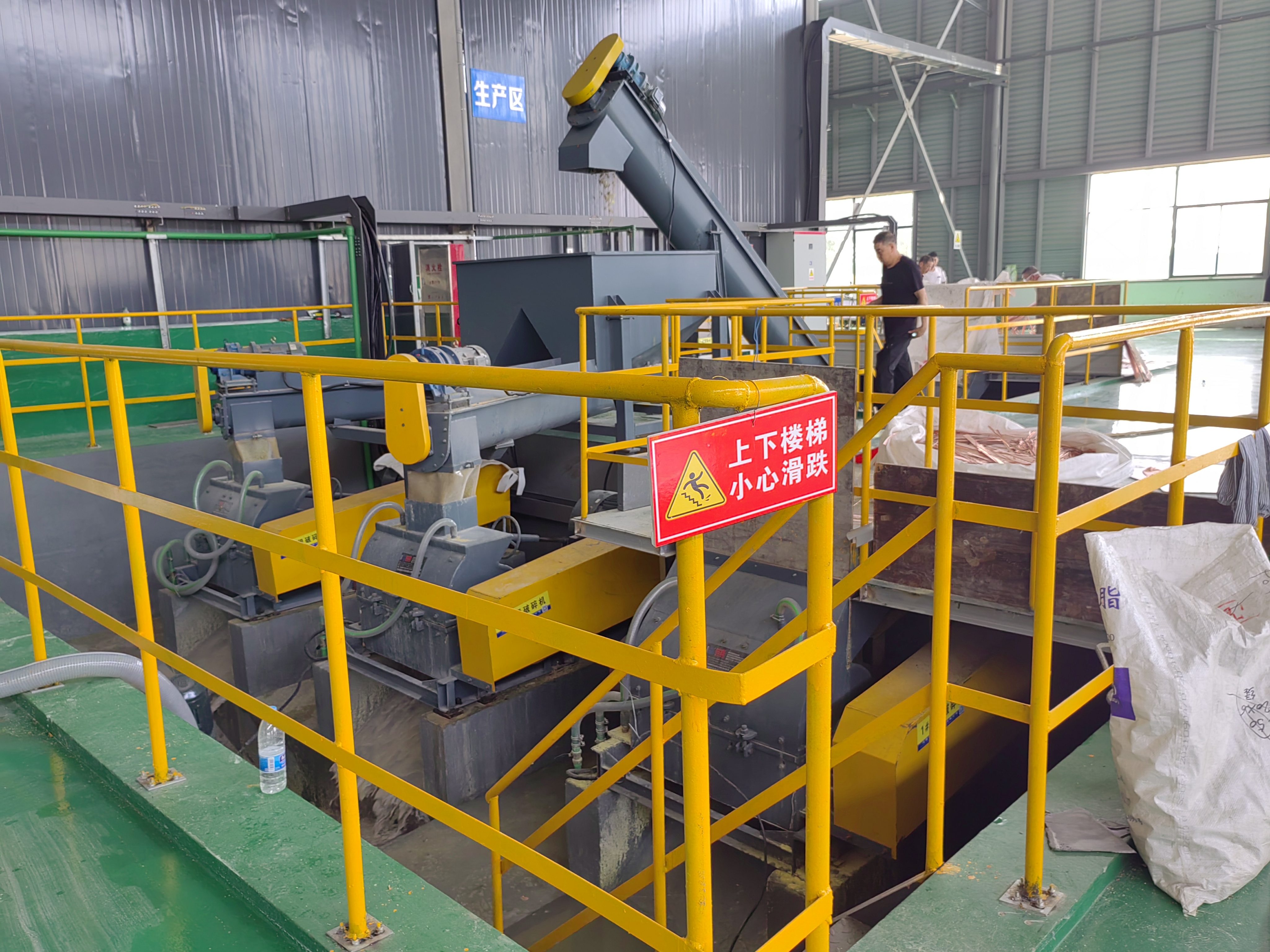For low-concentration acidic and alkaline wastewater discharged by industrial enterprises, when there is no recycling value, neutralization is often used for treatment. Neutralization is also commonly used for wastewater pretreatment to adjust the pH value of wastewater.
Neutralization is pH adjustment or acid-base adjustment. pH is the abbreviation of hydrogen ion (H) concentration index. When wastewater contains acid or alkali, it is manifested as a decrease or increase in pH. When the wastewater is neutral, the pH value is equal to 7; when the pH value is less than 7, the wastewater is acidic, and the smaller the pH value, the stronger the acidity; when the pH value is greater than 7, the wastewater is alkaline, and the larger the pH value, the stronger the acidity. The application range of pH value is between 0 and 14.
For acidic or alkaline wastewater with a concentration of less than 4% (acid concentration; alkali concentration is 2%), if it cannot be recycled and utilized economically and effectively, it should be neutralized to adjust the pH value of the wastewater to a neutral state before it can be discharged. For wastewater with high acid and alkali concentrations, recycling and comprehensive utilization methods must be considered.
Neutralization of acidic or alkaline wastewater, neutralization treatment methods for acidic wastewater
1. When neutralizing acidic wastewater, the following methods can be used.
① Pass the acidic wastewater through a limestone filter bed;
② Mix with lime milk;
③ Add caustic soda or soda solution to the acidic wastewater;
④ Mix with alkaline wastewater;
⑤ Add alkaline waste residues such as carbide slag, calcium carbonate, and alkaline residues to the acidic wastewater.
Types of acid
Two points are worth noting: ① When using the neutralization method to treat sewage, the neutralization time is generally long. For example, for wastewater containing weak acids, a large amount of sediment should be avoided after carbon neutralization, otherwise it will affect the treatment effect and bring about the problem of sediment treatment. Therefore, the generated salt must have a certain solubility. For example, for wastewater containing nitric acid and hydrochloric acid, the salt generated after neutralization is generally soluble in water and does not produce precipitation. For example, if wastewater containing sulfuric acid is neutralized with limestone, a large amount of calcium sulfate precipitation will be produced because the solubility of calcium sulfate in water is relatively low.
2. Alkaline wastewater treatment method
Alkaline wastewater can generally be neutralized in the following ways.
① Blow flue gas into alkaline wastewater;
② Inject compressed carbon dioxide gas into alkaline wastewater;
③ Add acid or acidic wastewater to alkaline wastewater:
④ Generate carbon monoxide in alkaline wastewater.
When neutralizing alkaline wastewater, the neutralization treatment of acidic wastewater can be considered first. If there is no acidic wastewater nearby, acid can be added for neutralization. Industrial sulfuric acid is the most commonly used acid in alkaline wastewater neutralization. Neutralization of various alkaline wastes Using flue gas to neutralize alkaline wastewater mainly uses CO and SO2 in flue gas to neutralize acidic wastewater. This is a good way to treat waste with waste and carry out comprehensive utilization. It can not only reduce the pH value of wastewater, but also remove dust in flue gas, and separate CO2 and SO2 gases in flue gas from flue gas to prevent flue gas from polluting the atmosphere. Flue gas neutralization method has a significant effect on reducing the pH value of alkaline wastewater, and the pH value can generally be reduced from 10 to 12 to about 5 to 7. The problem is that after the wastewater is neutralized, the sulfide, chromaticity and oxygen consumption in the wastewater increase.



















